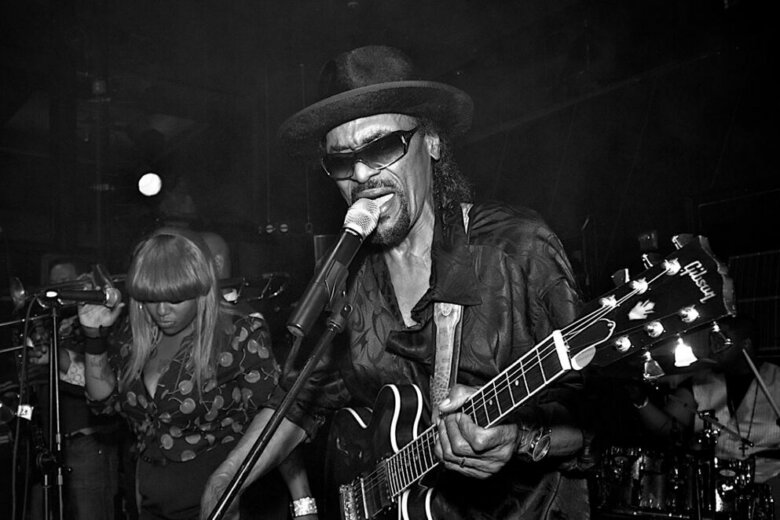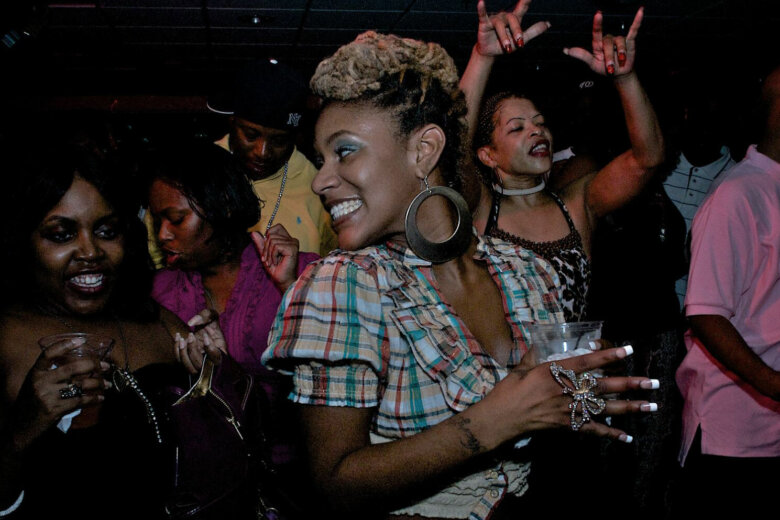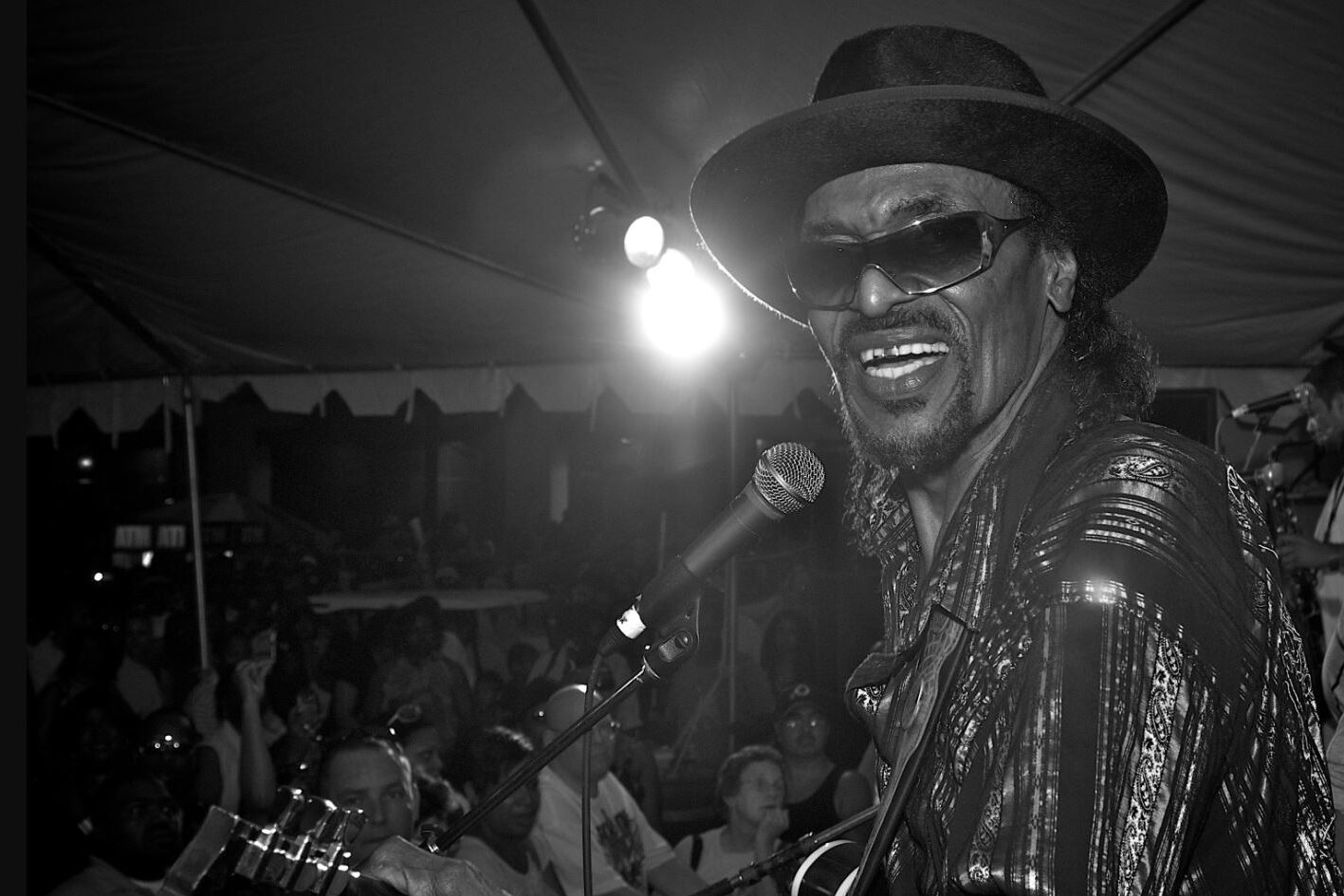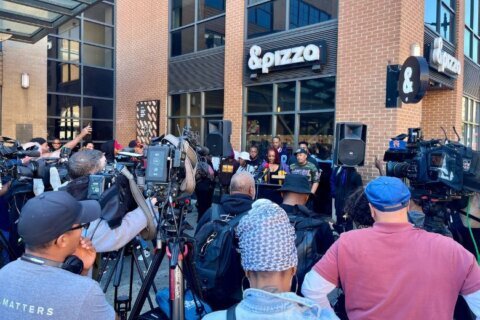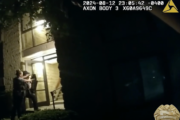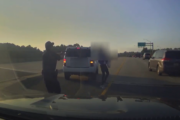Photographer Chip Py was going to a lot of music shows in the D.C. area in the early 2000s, and he had seen plenty of pictures documenting area hardcore punk shows.
“And then I started to think, well, this needs to be complete,” Py told WTOP. “And there’s this thing called Go-Go.”
Approximately 2,000 of Py’s photographs are now available online, as the D.C. Public Library has acquired Py’s collection, and posted it online, through Dig DC.
In 2010, Py was already well established as a photographer in other music circles, but he was no expert on Go-Go.
“I knew about Chuck Brown, but that’s all I knew,” said Py. “He was on the D.C. Lottery ads at the time.”
Other popular D.C.-area bands included Trouble Funk, Rare Essence, Experience Unlimited, Be’la Dona and Backyard Band.

